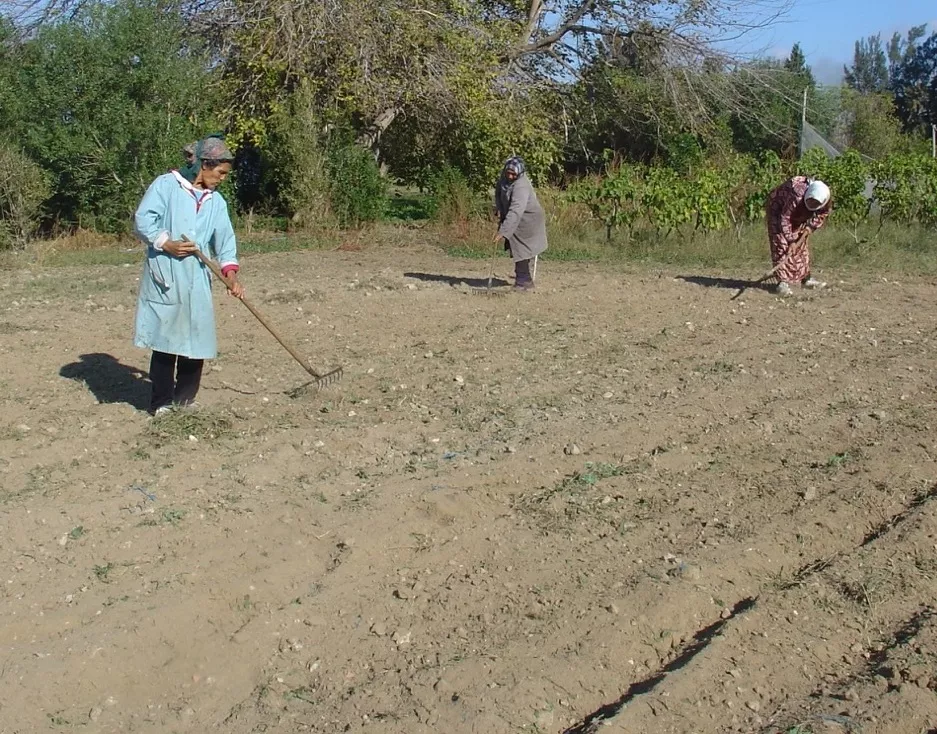New research paper calls for global action on soils
10 April 2016
In a recently published article, an international team of scientists urge more action to save soils globally. They note that as stores of soil organic carbon are critical in the global carbon balance, national governments must set specific targets to stabilize or ideally increase soil organic carbon stores.
Population and economic growth, as well as climate change, are considered the primary global drivers of soil change. Over the years, as demand for food has grown, farmers have experienced extensive soil changes affecting production and yield. Considered hitherto as a second-tier priority, the majority of the world’s soil resources are in only fair, poor or very poor condition. Not only do arid and semi-arid regions face the challenge of degradation due to salinity and sodicity but they also face drought, desertification and about 66 percent of the top soil is lost due to wind erosion.
Studies show that well-managed soil circulates chemical elements, water and energy for human benefits. Significant efforts are needed to reduce further degradation of soil by designing region-specific soil solutions, especially by increasing knowledge about the current state of soil. Government support will not only help to stabilize soil organic carbon but increase or decrease the use of nitrogen and phosphorus use as per each region’s requirements.
Dr. Abdullah Alshankiti, Senior Soil Management Scientist at the International Center for Biosaline Agriculture, who is one of the authors of the paper, said that communities are ill-equipped and not prepared to have answers to the change in soil. Commitment at the policy level to reclaim lost land not only must provide protective measures but also solutions through rehabilitation or the dimension of the economic and social cost of land degradation. Citing the example of Iran, he noted that the country has implemented nine strategies for sustainable development. Egypt has strategies for each agro-ecological zone, and the United Arab Emirates has programs to improve degraded ecological systems, conserve biodiversity, mitigate climate change effects, and combat desertification.
In arid and semi-arid regions, reclaiming salt-effected soils would require such options as salt leaching and drainage interventions, crop-based management, organic and inorganic amendments, and fertilizers. Studies show that the use of salt-tolerant plants and phytoremediation are also a few of the other techniques to minimize soil degradation.
The article “World’s soils are under threat” lists the current challenges on the changing soil patterns, factors affecting them and the way forward. The article was published by the Intergovernmental Technical Panel on Soil (ITPS) as a complement to the first State of the World’s Soil Resources Report, which was released in 2015 and brought insights from 200 soil scientists from 60 countries on the current state of soil, its role in the ecosystem and threats to its continuous contribution to these services.
